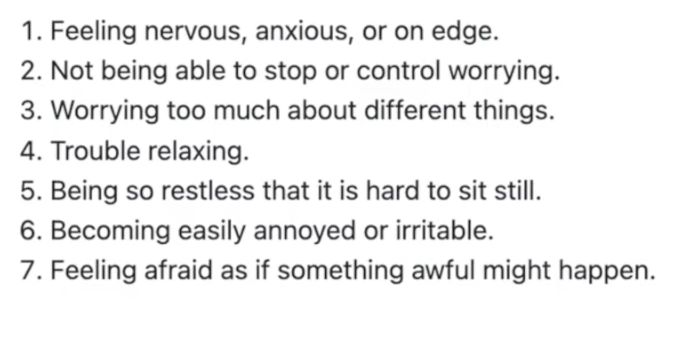
Psych Scene
@psychscene.bsky.social
18 followers
1 following
1.6K posts
We provide psychiatry education for Psychiatrists, GPs & Mental Health Practitioners.
Posts
Media
Videos
Starter Packs







